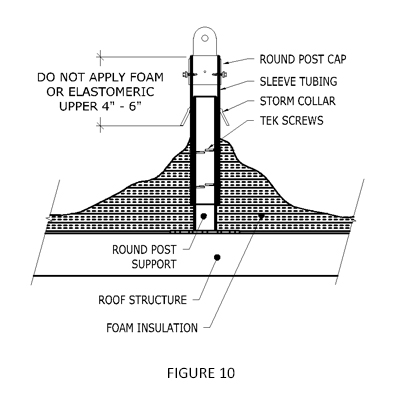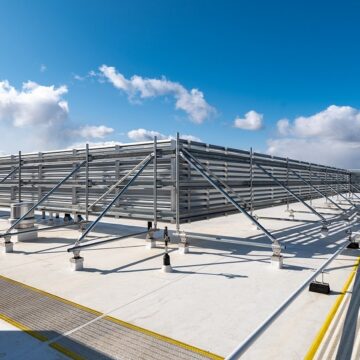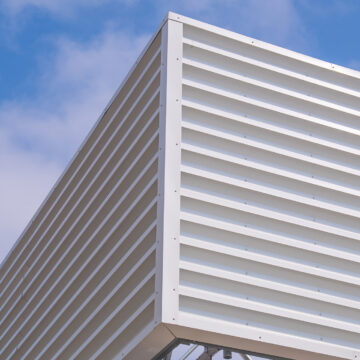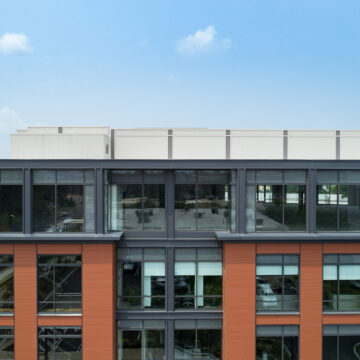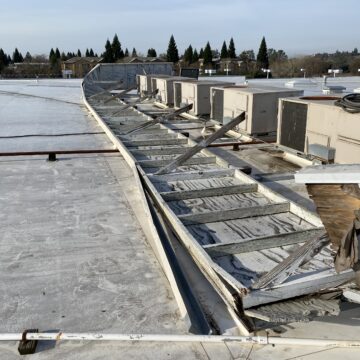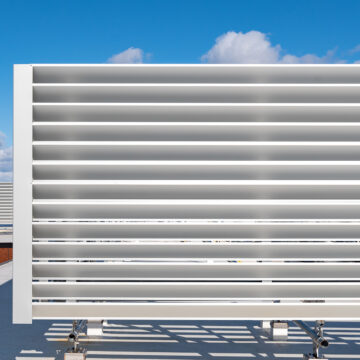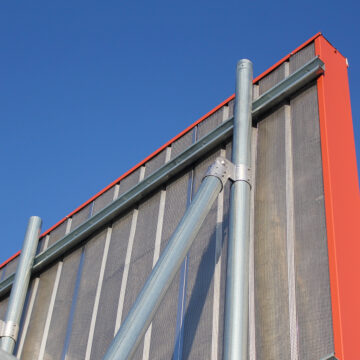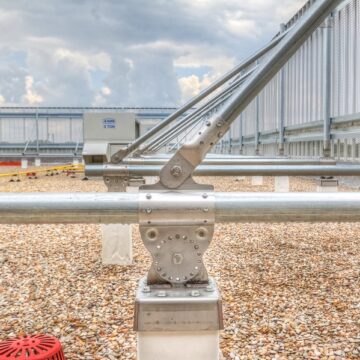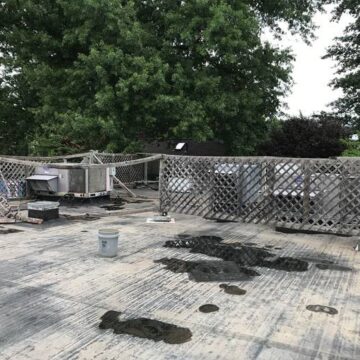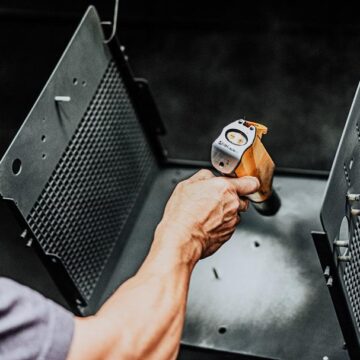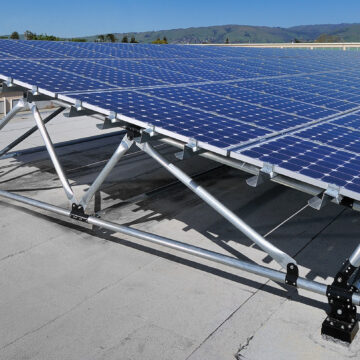We’ve been doing this a long time and have seen it all. We get it; poorly executed roof penetrations are almost always the source of roof leaks on commercial roofs, and that’s why people try to avoid them. But if properly designed, and installed by qualified roofing professionals, they won’t leak and will last for the life of the roofing system itself. When we designed the RoofScreen attachment systems, we didn’t skimp or compromise. Waterproofing wasn’t an afterthought, but rather the focus of our designs.
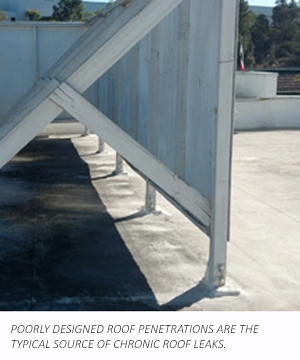
This article is not intended to be a roofing guide. Instead, its purpose is to explain how RoofScreen Base Supports are assembled and flashed so that roofing can be properly applied without interfering with the intended design. It is the responsibility of the roofing applicator to follow guidelines, procedures and installation instructions set forth by the manufacturer of the roofing system being applied, and best roofing practices.
RoofScreen offers two basic types of attachment systems: Square Base and Round Post. Each one is explained below along with illustrations and information on how they work with different types of roofing systems.
Built-Up Roofing
Square Base System:
As illustrated in Figure 1, the Base Cap Assembly is designed to counter-flash tightly over the Base Support and Flashing, extending down 2.4”, with just enough clearance for the Base Gasket to be compressed inside the gap. For this reason, it is critical that roofing materials are NOT applied on the sides of the Base Support or Flashing.
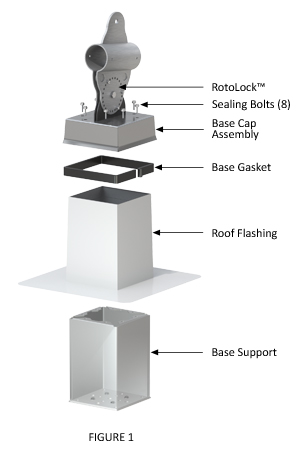
In Figure 2, which is the correct installation method, you can see that the metal flashing boot has a flange that extends onto the roof surface, and a riser that extends up to the top of the Base Support. The flange of the flashing should be stripped into the roofing in a manner appropriate for the type of roofing system being installed.
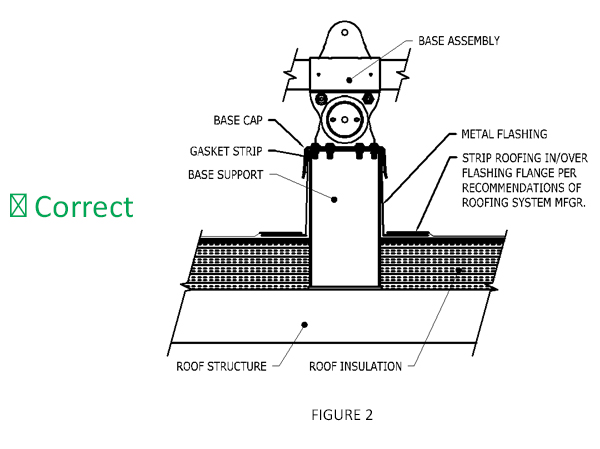
Figure 3 shows a method that, while standard for many roofing applications, is NOT compatible with the RoofScreen System. The roofing material extends to the top of the base support, which increases the overall width of the Base Support and prevents the Base Cap and Base Assembly from being properly installed.
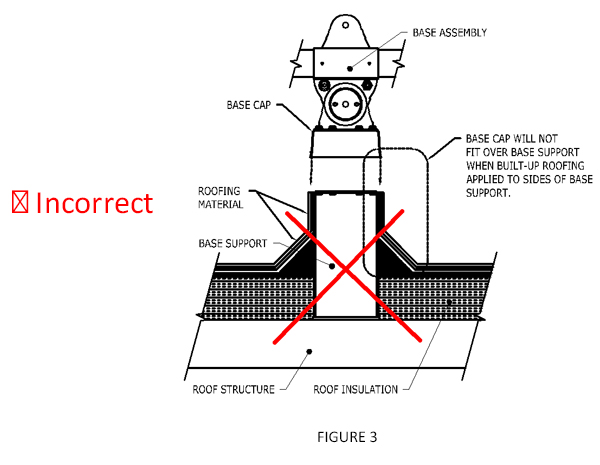
Round Post system:
With the RoofScreen Round Post System, the Slip-On Cap as shown in Figure 4, is designed to slip tightly over the Tube Sleeve. There is no clearance for material between the Slip-On Cap and the Tube Sleeve. For this reason, it is critical that roofing materials are NOT applied to the sides of the Round Post.
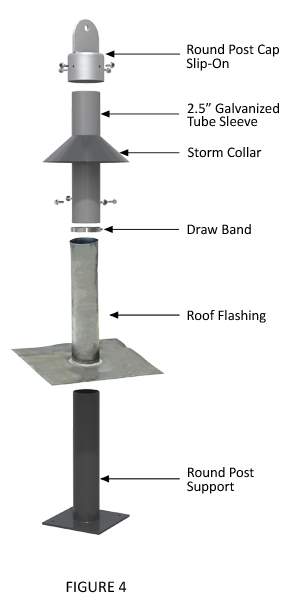
After the Round Post is adjusted to the proper height and secured with Tek Screws, a round pipe flashing (typically lead) should be installed and the flange stripped into the roofing in a manner appropriate for the type of roofing system being installed. The top of the pipe flashing should be sealed and secured with a stainless-steel draw band. A rubber Storm Collar is recommended just above the draw band and just below the Slip-On Cap (see Figure 5).
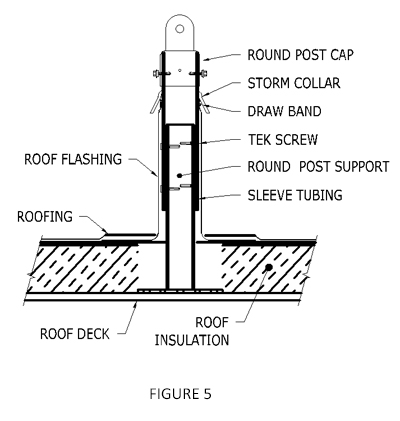
Foam Roofing
Square Base System
With the RoofScreen Square Base System, the Base Cap Assembly, as shown in Figure 6, is designed to counter-flash tightly over the Base Support and Flashing (if used), extending down 2.4”, with just enough clearance for the Base Gasket to be compressed inside the gap.
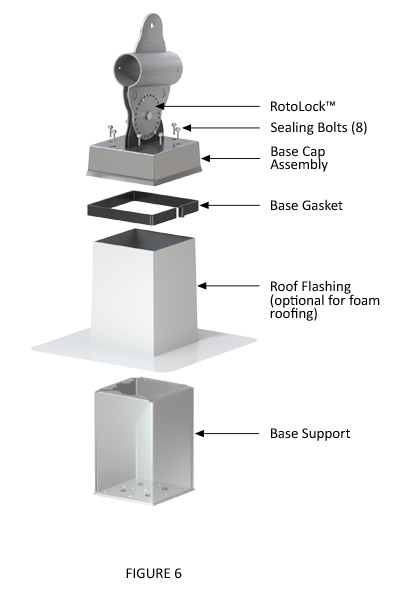
For this reason, it is critical that expanding foam is NOT applied on the sides of the Base Support or Flashing within 3”- 4” from the top of the Base Support or Flashing (see Figure 7).
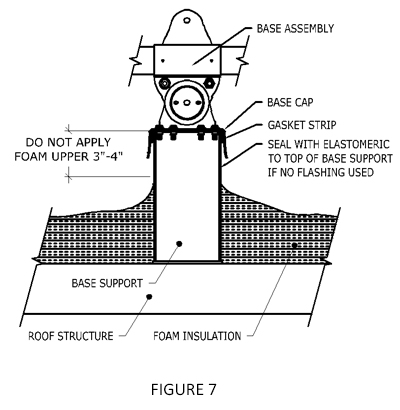
It is important to note that the RoofScreen Base Support is not designed to be left exposed. It has welded seams that are not watertight, and the paint is a primer, not a finish paint. Therefore, it is required that the finish elastomeric coating extends up to the top of the Base Support if flashing is not used. This process should be done with the Base Cap Assembly removed (see Figure 8). After the coating has cured, the Gasket Strip and Base Cap Assembly may be installed.
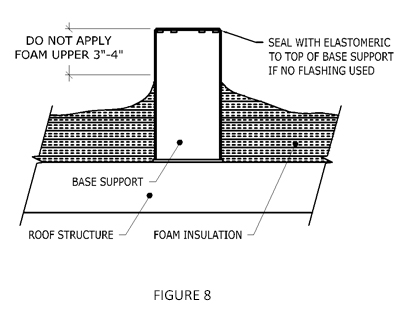
Round Post System:
With the RoofScreen Round Post System, the Slip-On Cap as shown in Figure 9, is designed to slip tightly over the Tube Sleeve. There is no clearance for foam or coatings between the Slip-On Cap and Tube Sleeve.
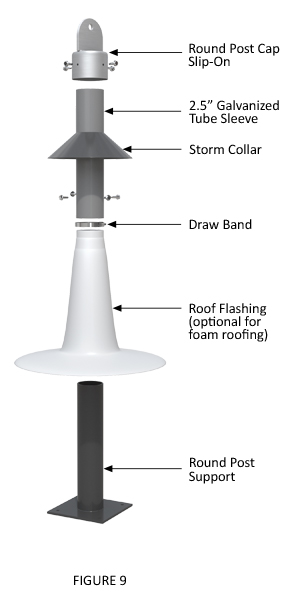
For this reason, it is critical that expanding foam or elastomeric coating is NOT applied on the sides of the Round Post within 4”- 6” from the top (see Figure 10).
Foam and/or elastomeric coating should be applied over the Tek Screws that secure the Tube Sleeve to the Round Post. This should be done only after the Round Posts are adjusted to the proper height and secured with the Tek Screws. A rubber Storm Collar is recommended just above the coating and just below the Slip-On Cap.
